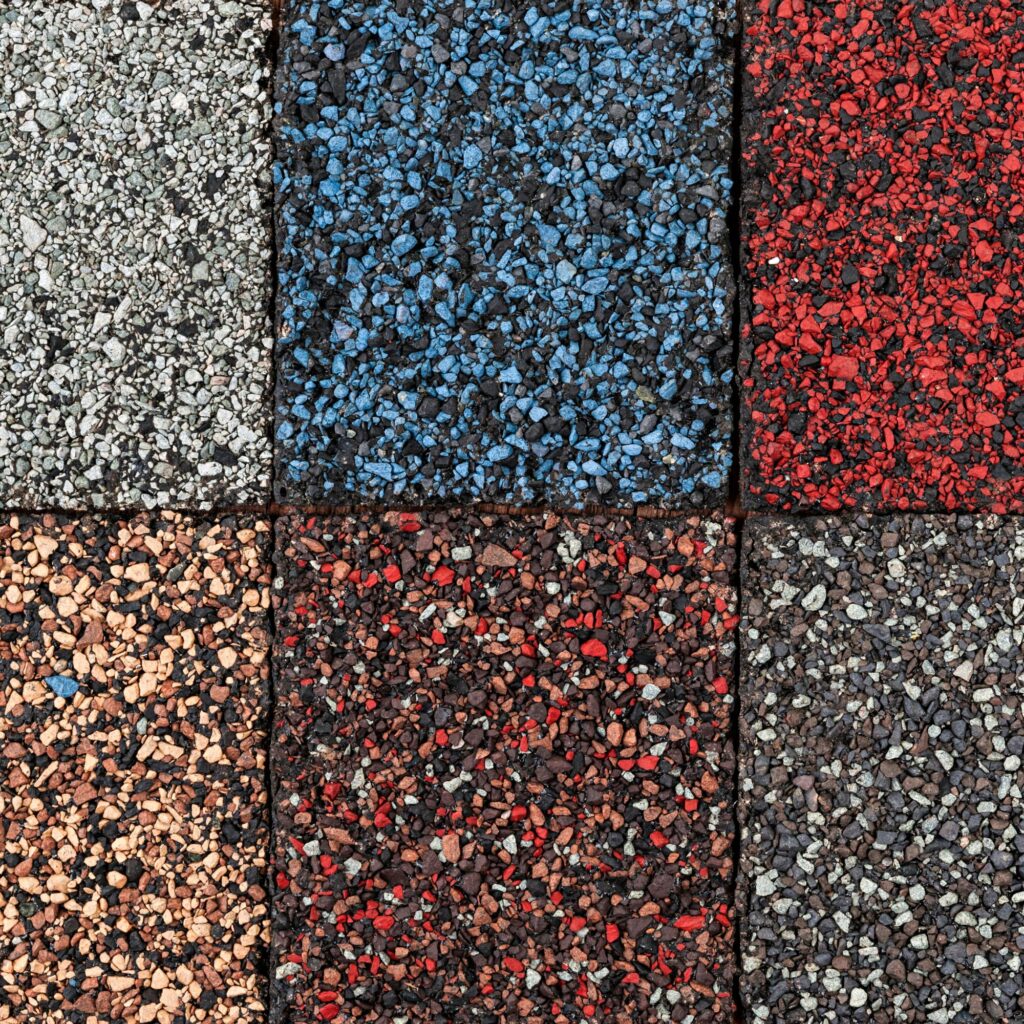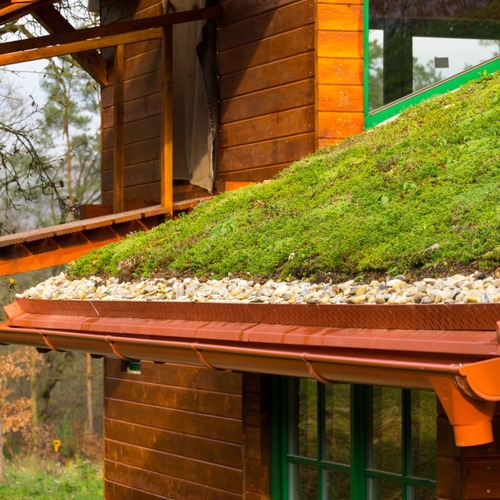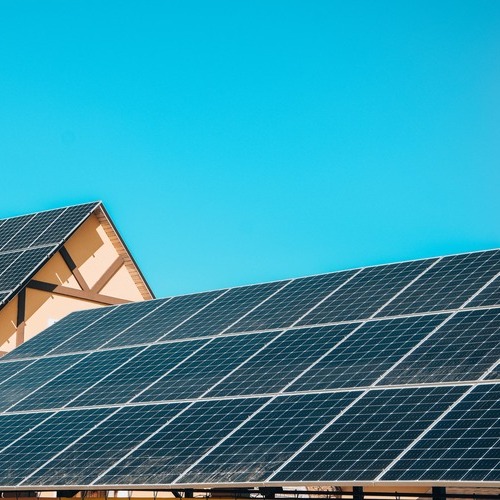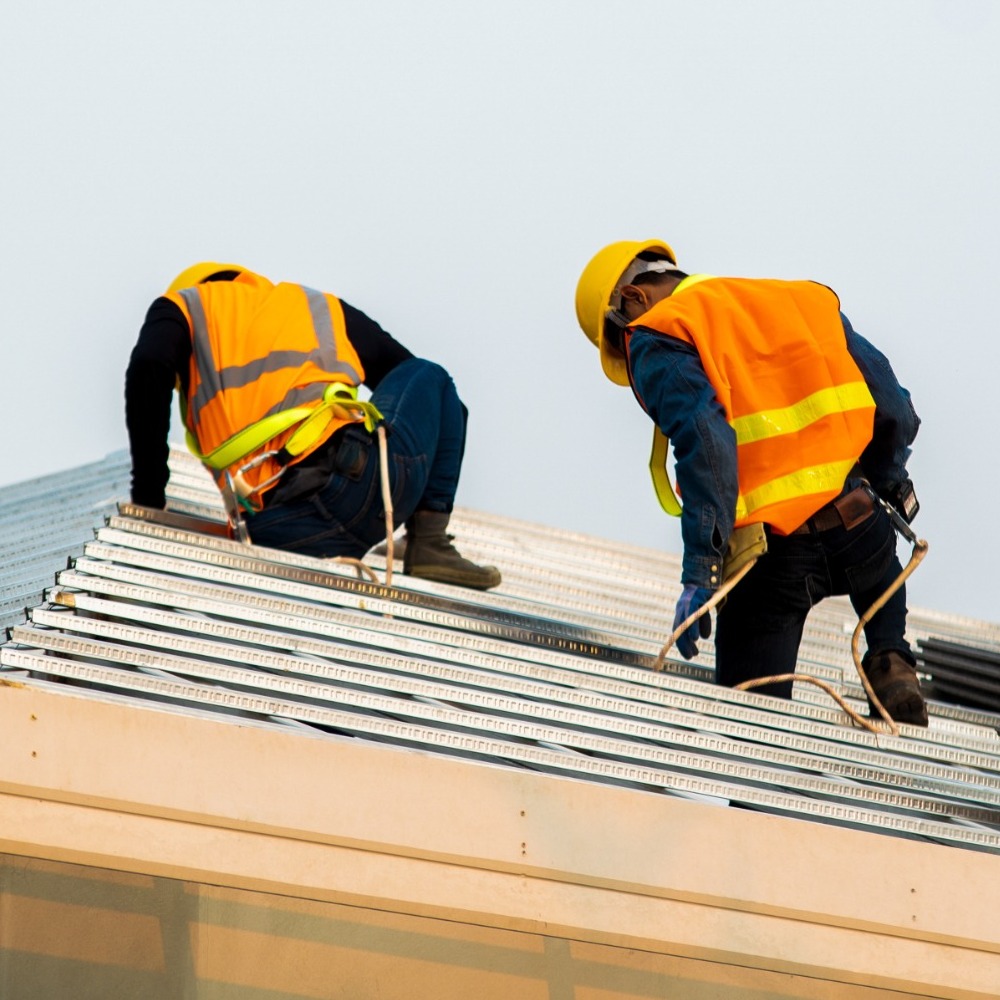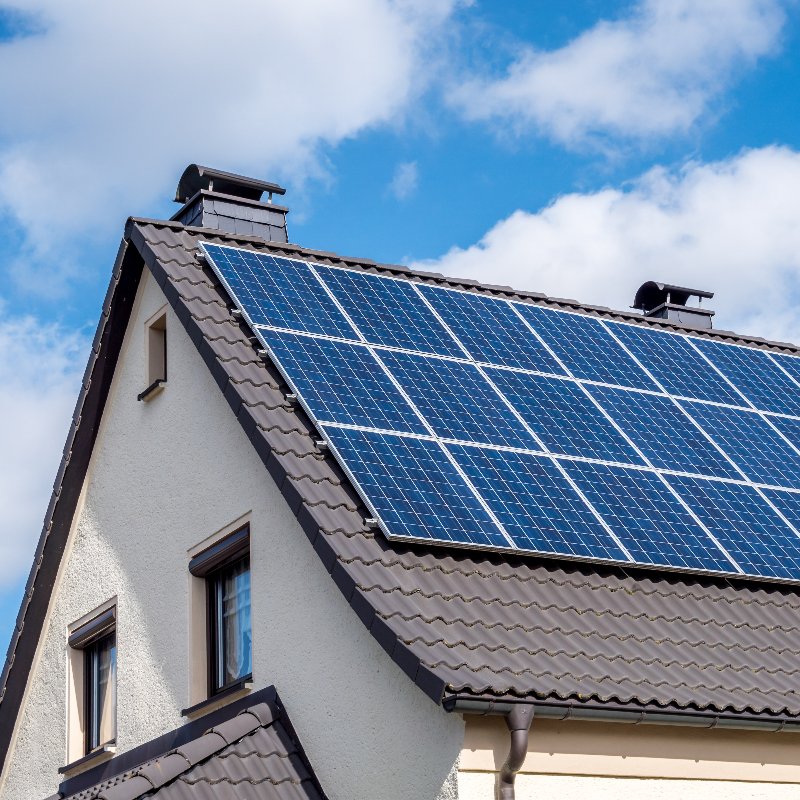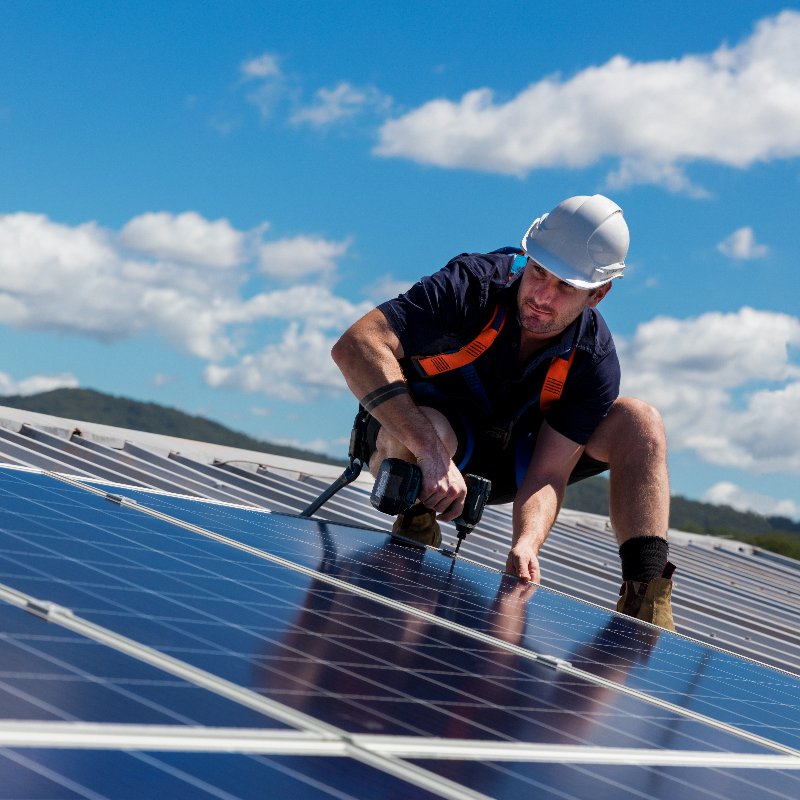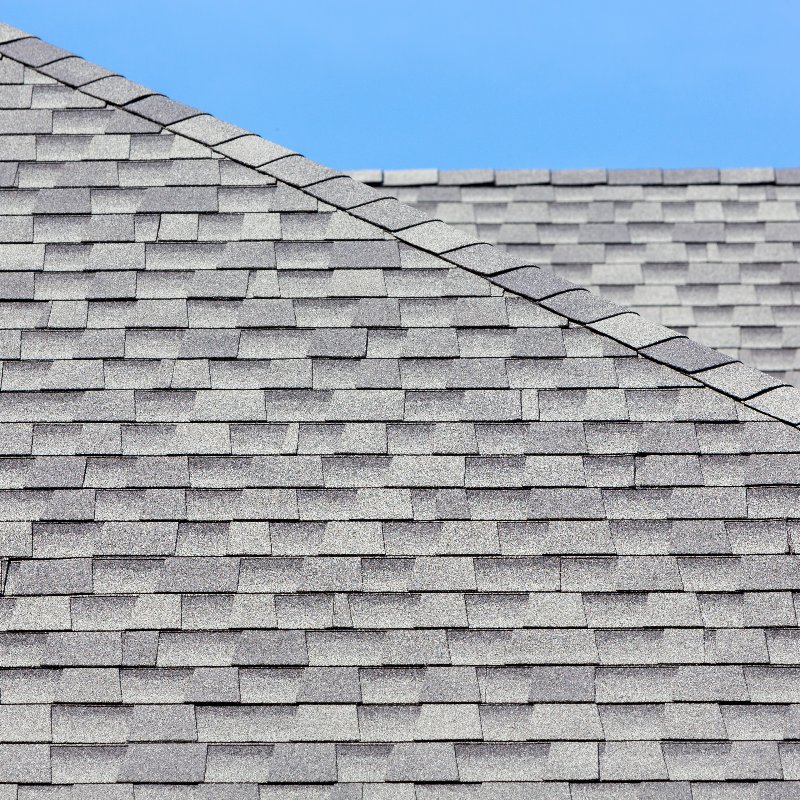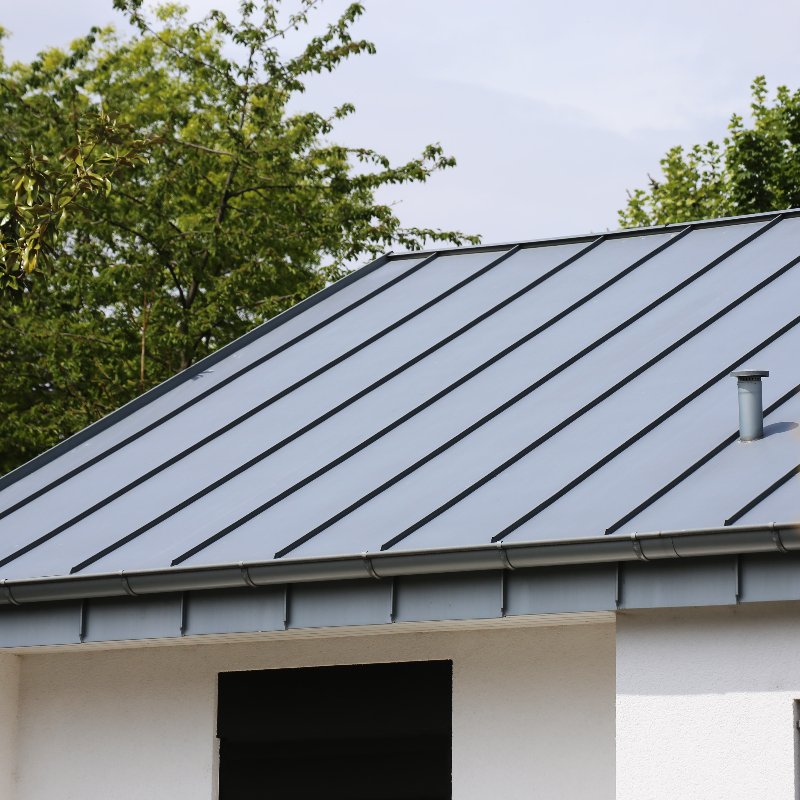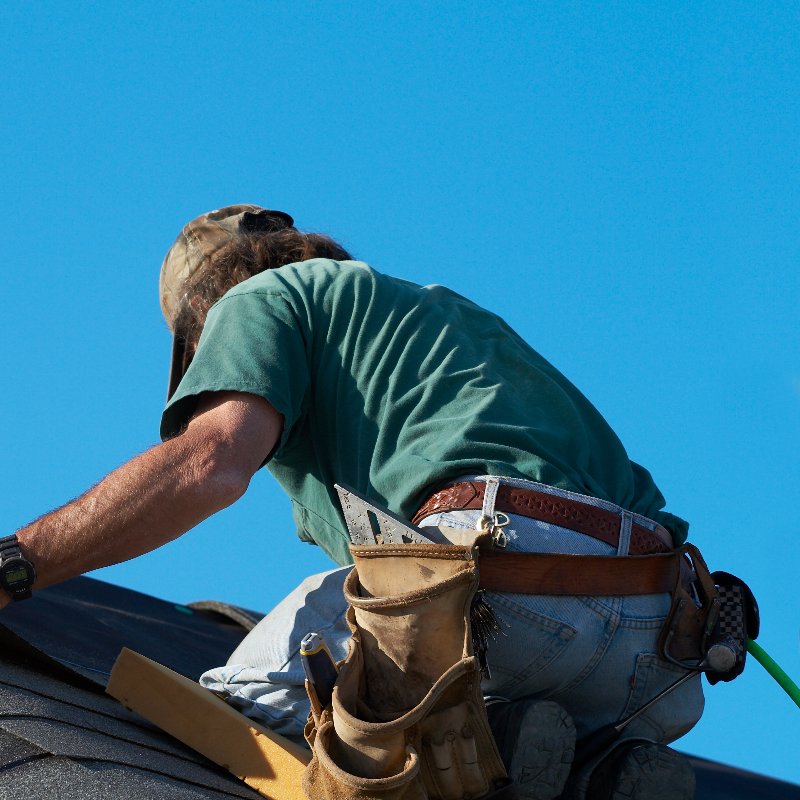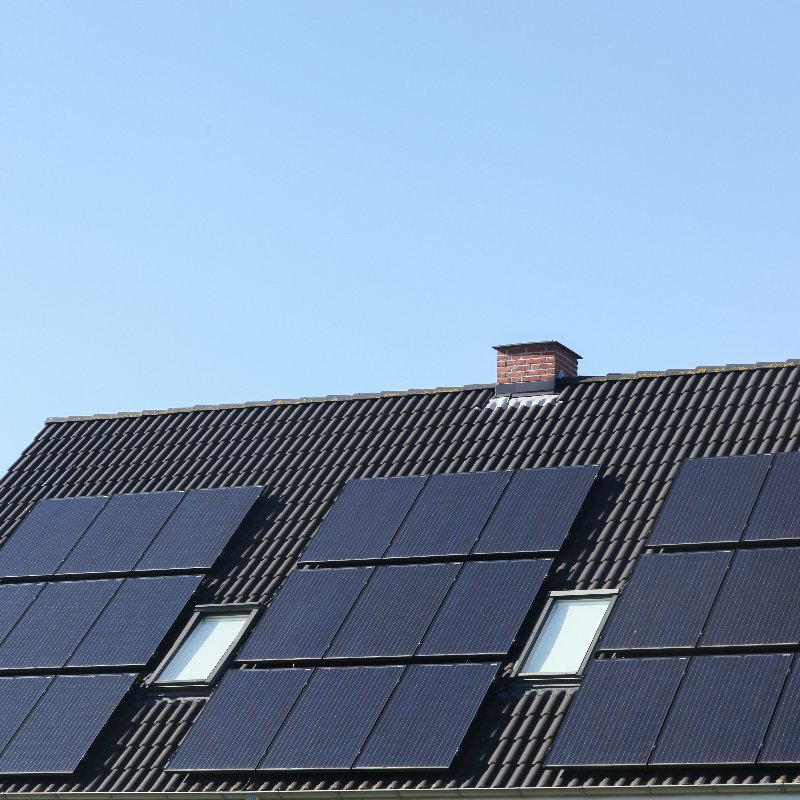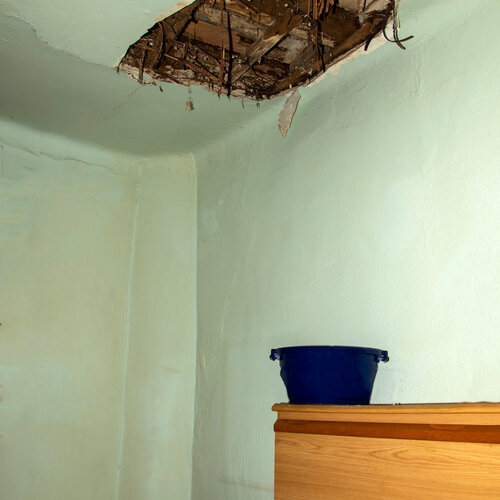
Introduction: Choosing the Right Roof
Selecting the best roof for a commercial building is a critical decision that impacts the building’s durability, energy efficiency, and overall cost of ownership. Understanding the various roofing options available, along with their advantages and disadvantages, is essential for making an informed choice.
Factors to Consider
Before diving into specific roofing materials, it’s important to consider several key factors that influence the best roofing choice for a commercial building:
Building Structure and Design
The structure and design of the building play a significant role in determining the suitable roofing material. Flat roofs, sloped roofs, and unique architectural features each have different requirements.
Climate and Weather Conditions
Local climate and weather conditions impact the performance and longevity of roofing materials. Areas with heavy rainfall, snow, high winds, or extreme heat require materials that can withstand these elements.
Energy Efficiency
Energy efficiency is a crucial consideration for commercial buildings. Roofing materials with high reflectivity and insulation properties can help reduce heating and cooling costs, making the building more energy-efficient.
Budget and Lifespan
The budget for roofing installation and maintenance, as well as the expected lifespan of the roofing material, are important financial considerations. It’s essential to balance initial costs with long-term benefits.
Popular Commercial Roofing Options
Several roofing materials are commonly used for commercial buildings, each with its own set of benefits and drawbacks.
Built-Up Roofing (BUR)
Built-up roofing (BUR) is one of the oldest and most reliable commercial roofing systems. It consists of multiple layers of bitumen (asphalt) and reinforcing fabrics, topped with a layer of gravel or mineral granules.
Advantages
- Durability: BUR systems are highly durable and can last 20 to 30 years with proper maintenance.
- Weather Resistant: The multiple layers provide excellent protection against weather elements.
- Low Maintenance: Requires minimal maintenance over its lifespan.
Disadvantages
- Installation Time: BUR systems can be time-consuming and labor-intensive to install.
- Weight: The multiple layers add significant weight to the building structure, which may require additional support.
Modified Bitumen Roofing
Modified bitumen roofing is a variation of BUR that incorporates polymer-modified bitumen membranes. It offers similar benefits with enhanced flexibility and ease of installation.
Advantages
- Flexibility: The added polymers improve the material’s flexibility, making it less prone to cracking.
- Easy Installation: Modified bitumen can be installed using various methods, including torch-applied, cold-applied, and self-adhering membranes.
- UV Resistant: Often comes with a reflective surface that improves UV resistance and energy efficiency.
Disadvantages
- Cost: Can be more expensive than traditional BUR systems.
- Vulnerability to Punctures: Although durable, it can be vulnerable to punctures from sharp objects or heavy foot traffic.
Thermoplastic Olefin (TPO)
Thermoplastic olefin (TPO) roofing is a single-ply membrane known for its energy efficiency and ease of installation. It is one of the fastest-growing commercial roofing systems.
Advantages
- Energy Efficiency: TPO membranes are highly reflective, reducing cooling costs by reflecting UV rays.
- Cost-Effective: Generally more affordable than other single-ply membranes like PVC.
- Durability: Resistant to tears, punctures, and impact damage.
Disadvantages
- Quality Variability: The quality of TPO can vary significantly between manufacturers, affecting performance and lifespan.
- Limited Color Options: TPO membranes are typically available in white, limiting aesthetic choices.
Ethylene Propylene Diene Monomer (EPDM)
Ethylene propylene diene monomer (EPDM) is a synthetic rubber roofing membrane widely used for flat and low-slope roofs.
Advantages
- Durability: Known for its exceptional durability and longevity, often exceeding 30 years.
- Weather Resistant: Excellent resistance to UV radiation, ozone, and extreme temperatures.
- Ease of Repair: Easy to repair and maintain, with a wide range of compatible repair materials.
Disadvantages
- Color Absorption: Typically available in black, which can absorb heat and increase cooling costs.
- Chemical Sensitivity: Vulnerable to damage from certain chemicals and solvents.
Metal Roofing
Metal roofing is a popular choice for commercial buildings due to its durability, longevity, and modern appearance. Common metals used include steel, aluminum, copper, and zinc.
Advantages
- Longevity: Metal roofs can last 40 to 70 years with proper maintenance.
- Energy Efficiency: Reflective coatings can reduce cooling costs by reflecting solar heat.
- Fire Resistant: Metal roofs are non-combustible and provide excellent fire resistance.
Disadvantages
- Cost: Higher initial cost compared to other roofing materials.
- Noise: Can be noisier during rain or hail unless properly insulated.
Green Roofing
Green roofing systems, also known as vegetative or eco-roofs, consist of a waterproof membrane covered with soil and vegetation.
Advantages
- Environmental Benefits: Improve air quality, reduce urban heat islands, and promote biodiversity.
- Energy Efficiency: Provide natural insulation, reducing heating and cooling costs.
- Stormwater Management: Absorb rainwater, reducing runoff and mitigating flooding.
Disadvantages
- Weight: Green roofs are heavy and may require structural reinforcement.
- Maintenance: Require regular maintenance to ensure the health of the vegetation and integrity of the roofing system.
Conclusion: Making the Best Choice
Choosing the best roof for a commercial building involves evaluating various factors, including building structure, climate, energy efficiency, budget, and expected lifespan. Each roofing material has its unique benefits and drawbacks, making it essential to consider the specific needs and priorities of your building.
Consulting with a professional roofing contractor can provide valuable insights and help you make an informed decision. With the right roof in place, you can enhance the durability, efficiency, and aesthetic appeal of your commercial building, ensuring long-term protection and value. If you need a commercial roof replacement in Louisville and Chattanooga, TN, please get in touch with us today at 865-238-2628. Call now!
